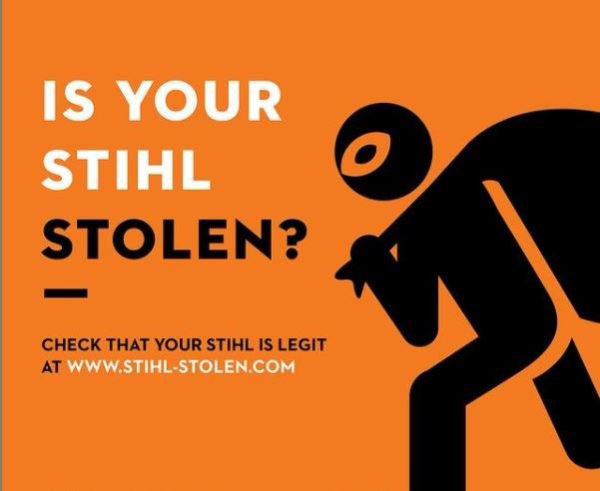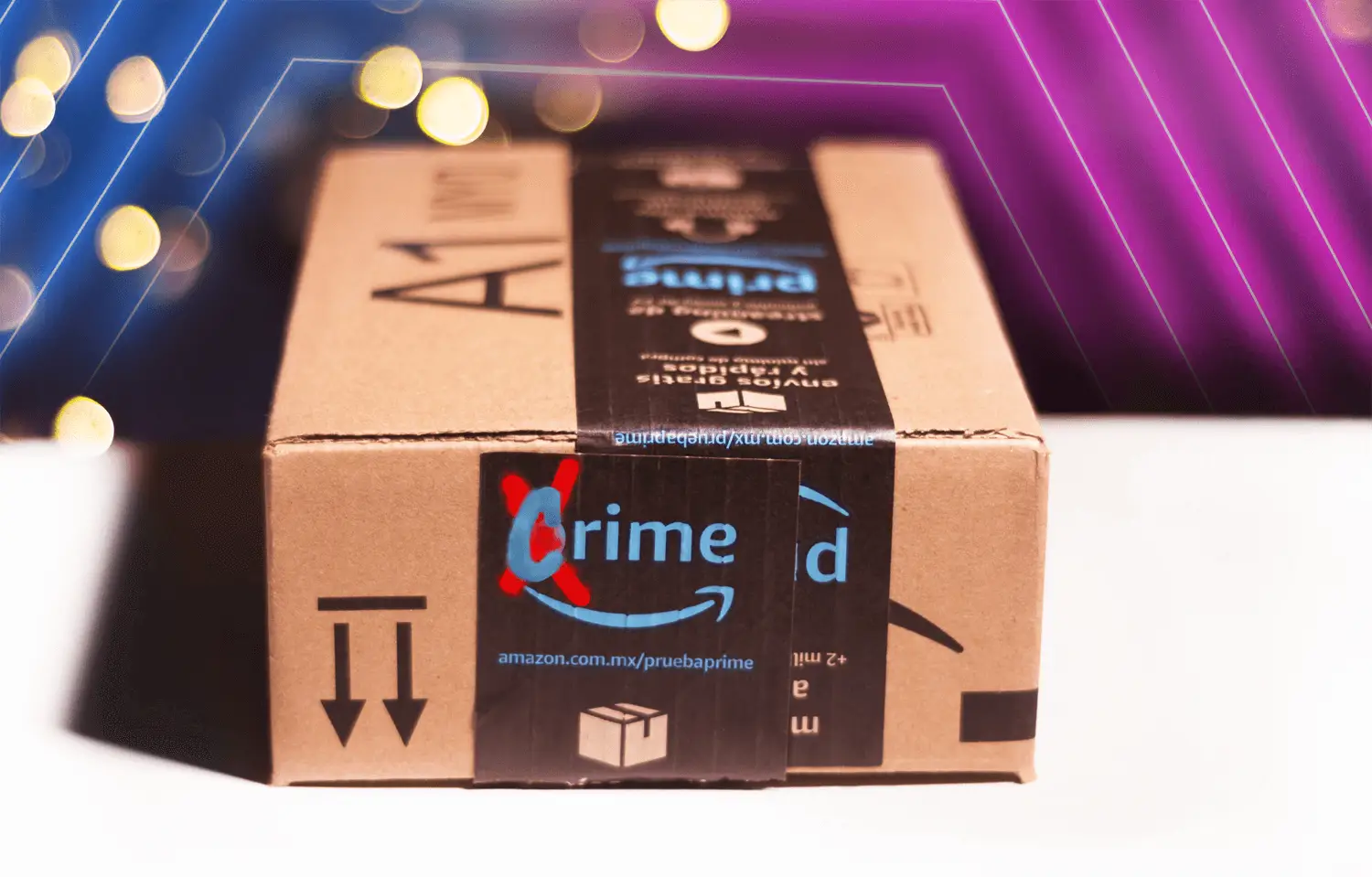When shopping online using e-commerce marketplaces, consumers rarely worry about the risk of inadvertently purchasing stolen goods. However, as the global e-commerce industry has risen to prominence over the last 10 years – becoming a $5.55 trillion dollar sector according to Shopify – the ever opportunistic criminal element has naturally infiltrated Amazon, eBay, Facebook Marketplace, and other digital platforms.
In previous GreyScout blogs, we’ve tackled shady e-commerce activity such as the sale of counterfeit goods and triangulation fraud. Adding to these threats is a growing shadow culture of thieves peddling stolen goods online.
While on the surface it may seem that shopping with trusted online marketplaces is just as safe as purchasing from brick-and-mortar retailers, e-commerce marketplaces have in fact attracted criminal networks to their platforms, providing an effective way for thieves to unload and monetize their stolen goods.
The “smash and grab” phenomena
Social media has cast light on retail robberies, with videos of the heists themselves posted to Instagram, TikTok, and other platforms. These robberies appear to be highly organized, seeing a group of thugs swarm a retail store and grab as many valuables as possible before dashing out the doors in less than a minute.
The problem is becoming so prolific that some more proactive brands, like STIHL for example, have even kicked off initiatives to create awareness and educate consumers about the dangers of buying stolen equipment online.

[credit: https://www.stihl-stolen.com/]
Authorities are also getting more proactive in the area, and in the United States they even have an official term for it: Organized Retail Crime (ORC). In 2021, the U.S.-based National Retail Federation reported that the cost of these crimes amounted to $700,000 per $1 billion in sales in 2020. In a statement, the NRF confirmed that these criminals were using online channels to sell goods stolen in this manner.
In 2019, the Associated Press reported a case in the U.S. in which a pair of Amazon contract delivery drivers were stealing packages and passing them on to local pawn shops connected to a theft ring that sold the merchandise on Amazon over six years.
This case, along with the “smash and grab” phenomena, further exposes how the sale of stolen goods on e-commerce marketplaces is becoming commonplace.
What is being done about it?
Major retailers with brick-and-mortar operations such as Nordstrom, Best Buy, Target, and Foot Locker have supported the INFORM Consumers Act, a bill which would require marketplace sellers to register on platforms with their real names and verified contact information, among other criteria to ensure online retailer transparency.
According to Politico, Amazon, eBay, and Etsy also supported the bill, but only after it was amended to remove seller requirements such as photo ID verification. While ORC is most prevalent in the U.S., e-commerce vendors should expect governments across the world to take similar measures if the phenomenon hits their shores.
The Bottom Line
As an e-commerce brand, having your products stolen and falling outside of your carefully planned out supply chain can have severe consequences for your brand’s perception. For e-commerce retailers, inadvertently selling consumers stolen goods can spell the end of your business and the beginning of a host of legal problems.
Ultimately, protecting your brand from the growing online shadow culture of thieves and larger criminal networks is a tough task to go at alone.
Criminals will do whatever it takes to get both stolen and counterfeit goods into the supply chains of legitimate businesses operating in the e-commerce space. This is where e-commerce brand protection and monitoring tools come into play. By performing real-time scanning across online domains including marketplaces, search engines, websites, social media channels, and web forums, brand protection software can alert e-commerce business owners of exactly who’s selling their products so they can ensure their goods have not been stolen and are being peddled online by criminals.

